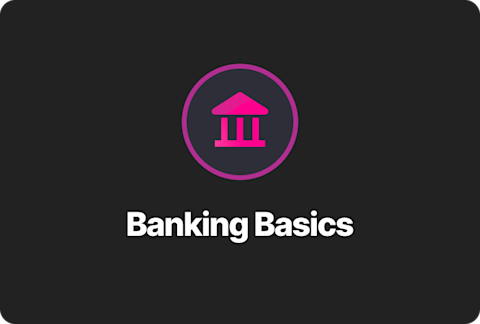A parent’s guide for setting an allowance

As a parent, there’s a good chance you’ve had to remind your kids that money doesn’t grow on trees. In fact, a recent study found that 86% of kids ask their parents for money at least once a month. So whether your child is asking for ice cream money or begging you to buy them the latest skins in Fortnite, it’s important to help them understand the value of their request.
Allowances are a great way to help teach your kids about the value of money and start to establish financial responsibility. Currently, two-thirds of U.S. parents say they give their kids an allowance but most parents expect them to earn it.
When it comes to setting up an allowance for your kids, it’s not always as easy as it seems - you’ll have to consider an appropriate amount, frequency, list of chores and more. That’s why we’ve pulled together some expert tips to help guide you as you set up a new allowance system or look to improve the one you already have in place.
What is an allowance?
Very simply put, an allowance is a set amount of money you give someone (usually on a predetermined schedule) for specific purposes. When it comes to your kids, an allowance may be intended to give them regular spending money on the condition that they do certain things to earn it, like chores.
In addition to enabling kids to earn their own spending money, an allowance helps teach them important life lessons like the value of hard work, what it’s like to earn a paycheck and introduces the basics of money management. However, how much your kids ultimately learn from their allowance depends on how much freedom you give them to make choices - and occasionally mistakes, too!
Ways kids can earn an allowance
When thinking about allowances, most of us plan to hand out a few bills each week after our kids successfully make their beds or set the table. But creating an allowance system involves a lot of decision-making.
For starters, experts recommend tying allowances to chores, helping to make the connection between doing work and earning money. Additionally, this system also provides kids with a sense of ownership. However, it’s important to set expectations with your kids around what household chores are expected (regardless of an allowance) to avoid giving them the idea that they should be paid for all the work they do around the house.
This is where a hybrid system can be helpful: you can give your kids regular, unpaid household duties, and then also provide a special list of chores like raking leaves or babysitting younger siblings that earn allowance money.
Setting the right allowance amount
So, now begs the question: when should you start giving your child an allowance and how much should it be for?
Most experts recommend starting your child with an allowance around age five or six - essentially when they’ve started attending school. While you can certainly start at a younger age, it’s likely your kids will not have grasped the concept of money yet.
When it comes to figuring out how much money to give your kids, an easy rule of thumb is to give your child $1 per week for each year of their age. So for example, a 7-year-old would receive $7 per week.
However, as your child enters their teen years, many experts recommend switching to a monthly allowance schedule - which enables your teen to practice longer-term financial planning. For added responsibility, this is also a good time to consider increasing their allowance so they can begin paying for some of their daily expenses, too.
Choosing the right chores to assign
Now for the fun part! Determining what chores to assign your child. Here is a list that can be used as a starting point to ensure you’re assigning age-appropriate chores. And keep in mind: some chores may require supervision at first before making it a solo task.
How Step makes it easy to manage & distribute your child's allowance
With the recent coronavirus pandemic and increasing coin shortages, cash is quickly becoming a thing of the past and has created headaches for many parents as they look to distribute allowances.
The Step App helps to solve this problem by enabling parents to easily set up a recurring payment for an allowance or send one-time funds for an emergency within seconds. Additionally, with full visibility into your child’s account, parents can look for teachable money moments. Visit our Benefits page to learn more.








